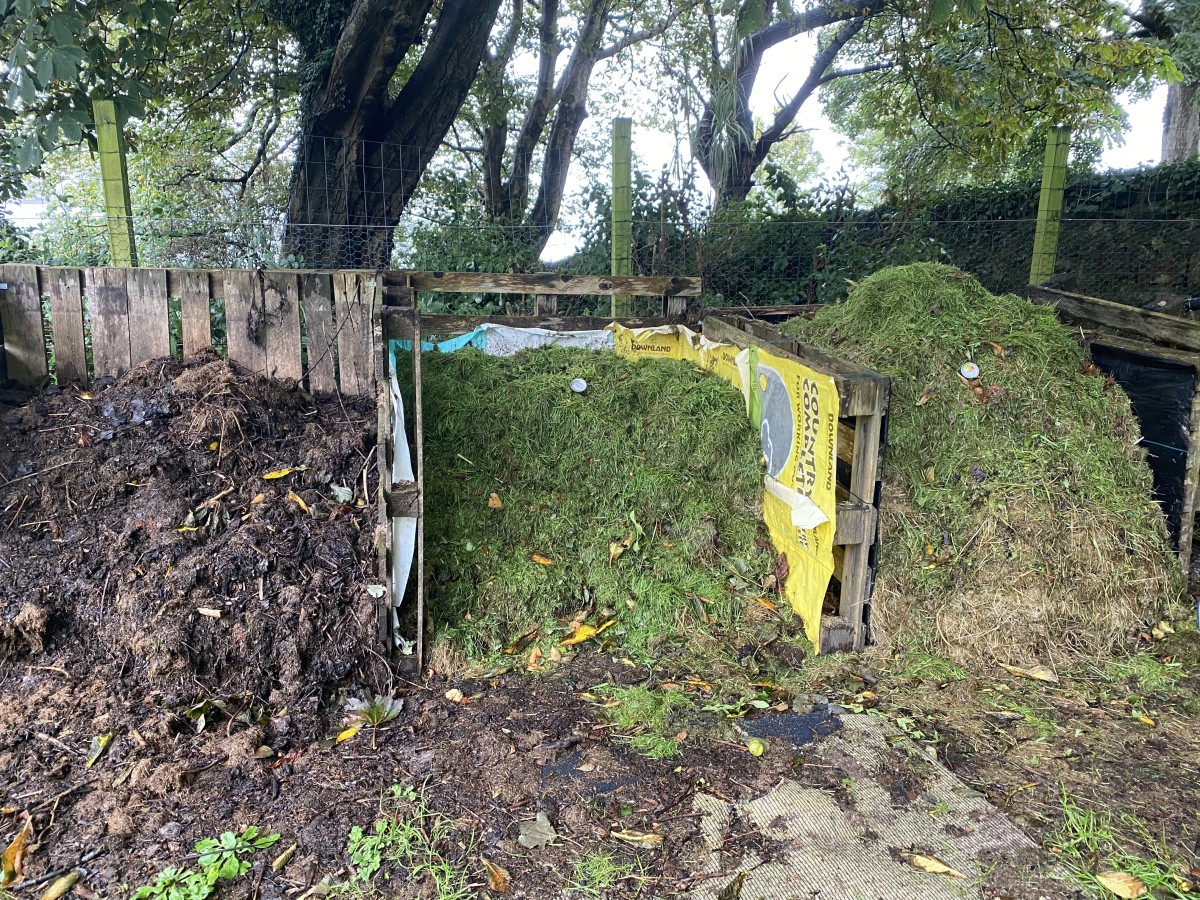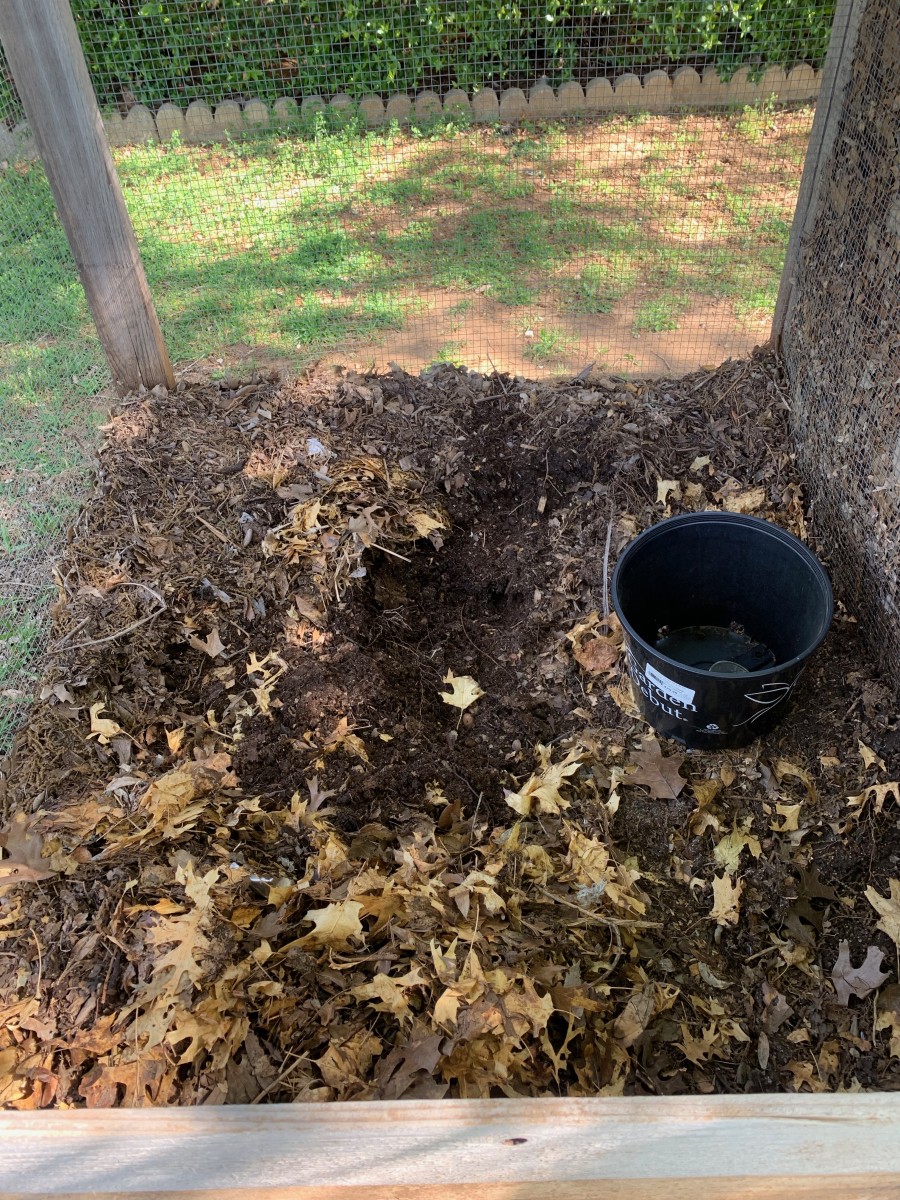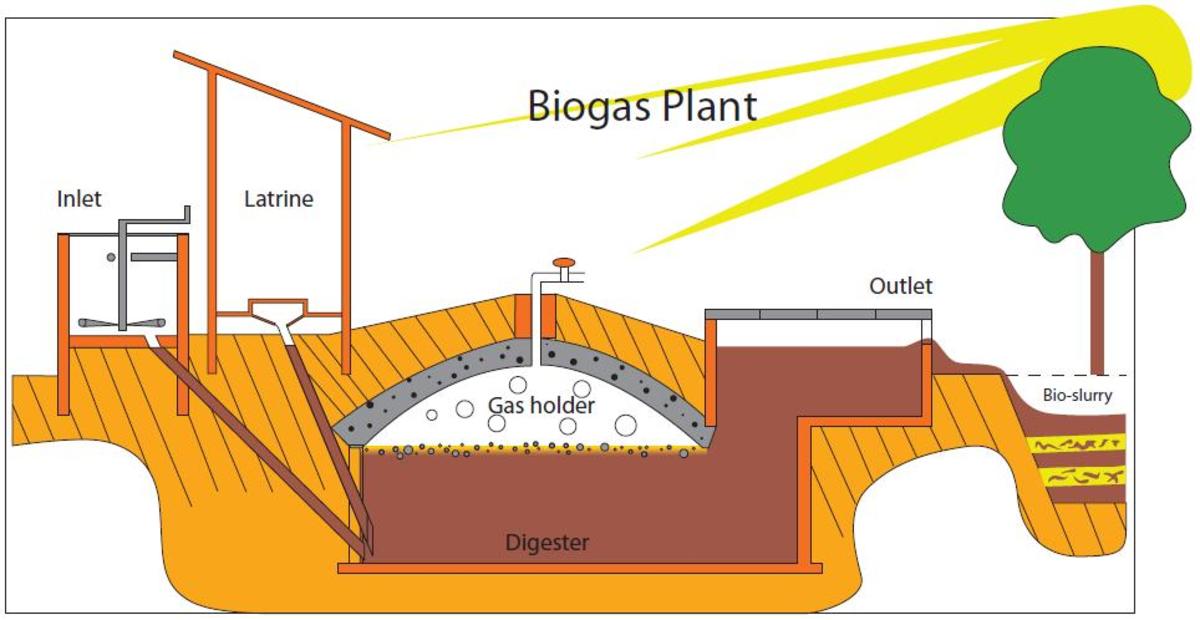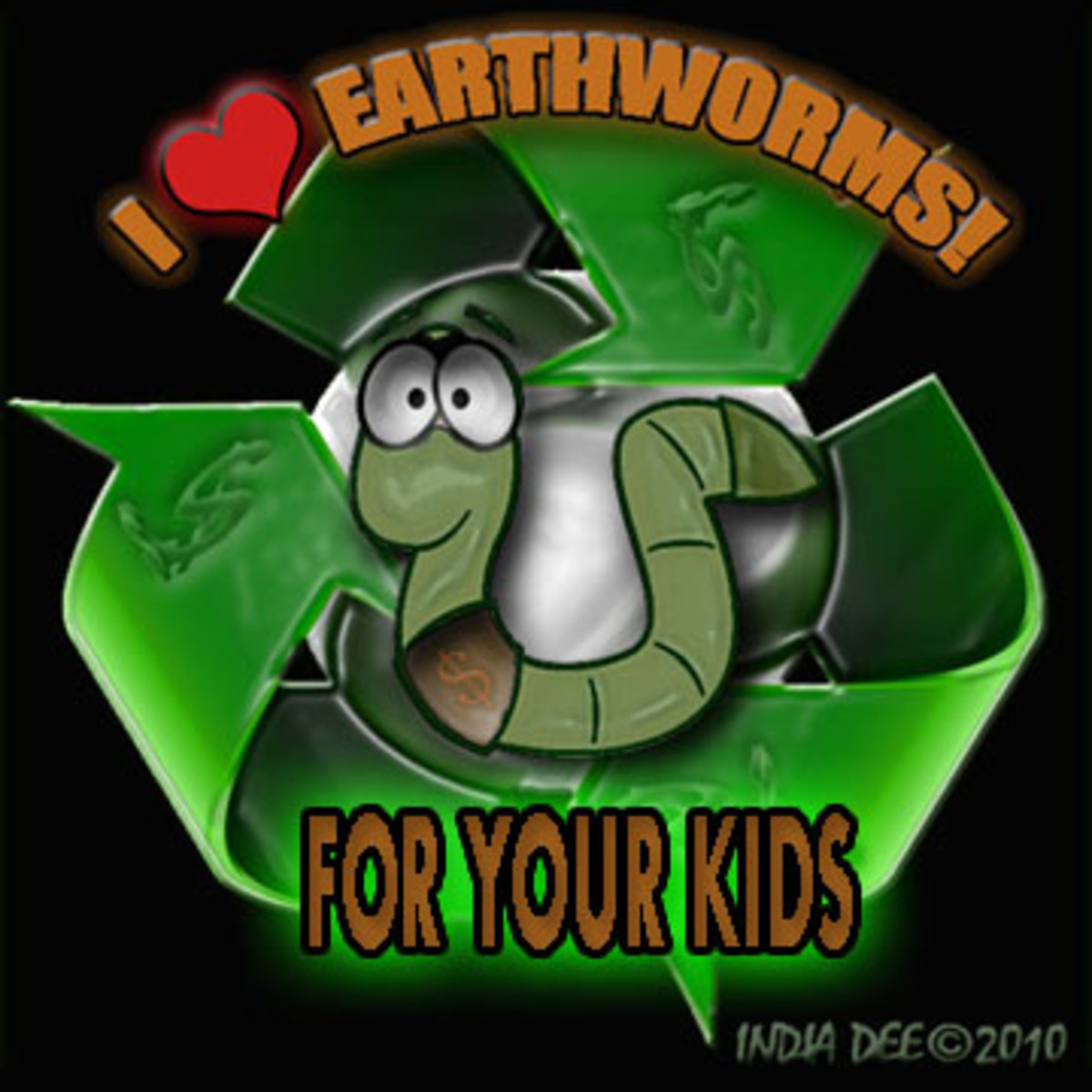- HubPages»
- Home and Garden»
- Gardening»
- Fertilizers & Compost
Composting: Beginners Guide

Composting
Spring is here and what better time to start a fresh organic compost pile. Not only will it help the environment by eliminating waste in the landfills, it will also provide you with an abundance of nutritional soil and fertilizer that your plants will love. So, instead of filling your plastic, non-eco-friendly bags with your yard debris and table scraps, consider composting. It’s simple and rewarding!
Note: Enlist the children! It will teach them about repurposing items and eliminating waste in the landfills – not to mention…help you in the process. I enlisted my 12 year old and she couldn’t believe all of the things we could use. Once our compost pile was started, she became the designated “collector” of all the kitchen waste.
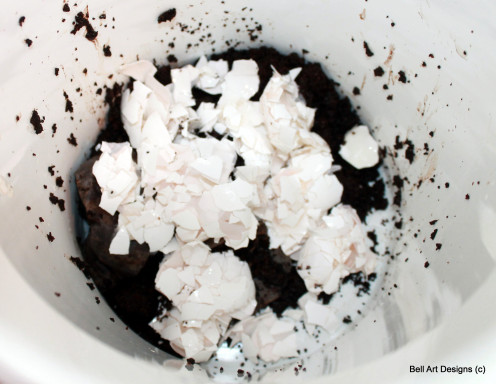
The Basics
There are a few simple rules that need to be followed in order to be successful. Keep in mind that not all yard debris and table scraps can be used. So, for all of you naysayers that believe it is a tedious process and time consuming, I have provided you with information and a few steps that will make it stress free.
The information I am providing is for container (in vessel) composting. Other items and/or steps may be required for other types of composting methods
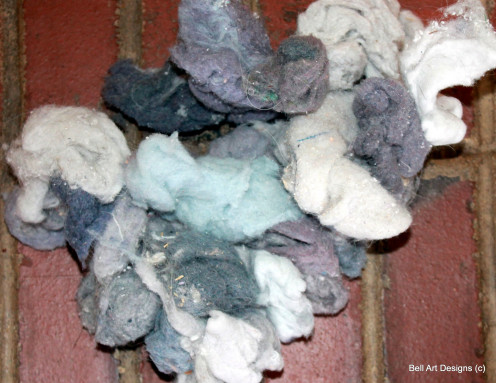

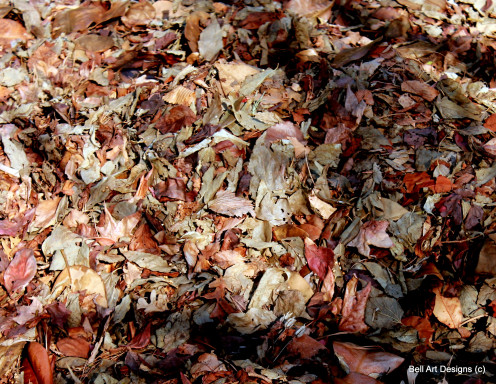

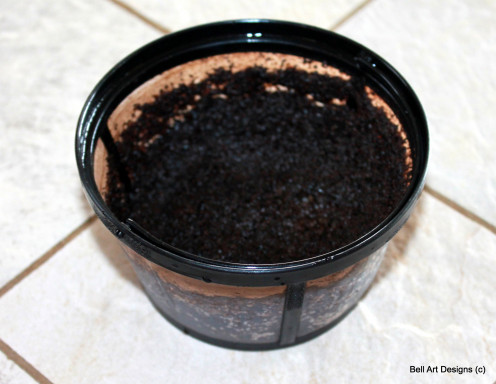
Why Compost?
Composting helps plants to retain moisture and it adds an abundance of wonderful nutrients to the soil; however, in order to be successful, the compost pile should have a good mix of carbon and nitrogen. Basically, it should contain both “brown” and “green” items.
Ultimately, the compost pile needs a good mix of carbon, nitrogen, water, air and the right temperature in order to thrive. If any of these ingredients are missing, the pile can become smelly, dry, and slow to decompose and the stress level will become high! But, don’t worry because with a little maintenance and help from Mother Nature, this probably won’t happen to you.
- Carbon is used as the energy source and usually referred to as the “browns” – dry leaves, straw, twigs and newspaper
- Nitrogen is used as the protein and usually known as the “greens”; however, they can be brown or other colors – moist plants, food scraps, vegetable peels and coffee grounds
- Moisture is crucial for a compost file. You can check to see if you have adequate moisture by selecting materials from the center of the pile and squeezing it with your hand – if droplets of water come out – perfect! If not, add some water, preferably in the center so you get everything wet. Just watering on the top will not be sufficient because the bottom will remain dry.
- Air circulation is also very important. The organisms that live in your compost pile need air to thrive. If you don’t provide adequate air circulation the pile will smell and rot. Make sure you turn the pile often to promote air circulation.
- Temperature (the right temperature) is a must for breaking down the particles, thus creating a great compost pile. The temperature should be between 120 and 140 degrees Fahrenheit in order to decompose the ingredients and speed up the process.
Below is a breakdown of some items that can be used and seem to be readily available in your kitchen or lawn.
A Few Items for the Compost Pile
Materials
| Nitrogen/Carbon or Neutral
| How to use for easy breakdown
|
|---|---|---|
Egg Shells
| Neutral
| Crush
|
Leaves
| Carbon
| Crumble or shred
|
Grass Clippings
| Nitrogen
| Apply in thin layers so it doesn't clump
|
Vegetable Scraps
| Nitrogen
| Chop into small bits and add with dry carbon items
|
Table Scraps
| Nitrogen
| chop into small bits and add with dry carbon items (NO MEAT)
|
Coffee Grounds
| Nitrogen
| Use the grounds and the paper filters
|
Newspaper
| Carbon
| shredded is best - (NO COLORED OR GLOSSY)
|
Dryer Lint
| Carbon
| Try using natural fibers (I use all dryer lint)
|
Cardboard
| Carbon
| Shredded to avoid clumping
|
Tea Leaves or Bags
| Nitrogen
| Use loose or bagged (No need to undo the bags)
|
Chicken Manure
| Nitrogen
| Great for an activator (I use my neighbors chicken manure)
|
Flowers
| Nitrogen
| Chop woody stalks (Don't use diseased plants)
|
Pine Needles
| Carbon
| Chop or shred
|
Weeds
| Carbon
| Add if you don't mind the seeds to spread
|
Twigs
| Carbon
| Break up
|
Shredded Paper
| Carbon
| NO Glossy or colored paper
|
Wood Ashes
| Carbon
| Sprinkle these on the pile
|
Fruit Scraps
| Nitrogen
| Add with carbon items (Avoid Banana and Orange peels)
|
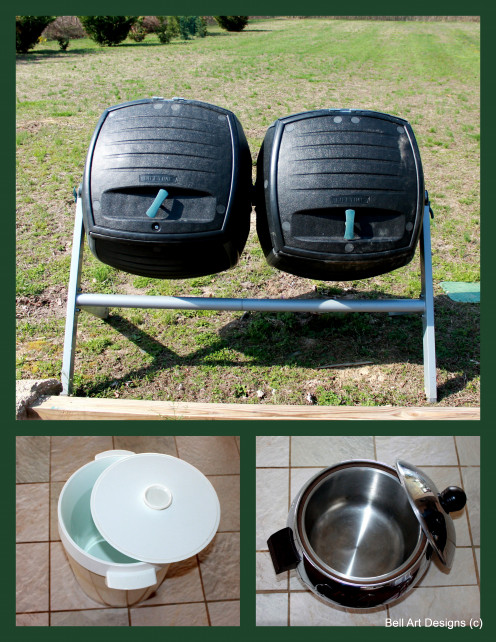
How to Start
First, you need to decide what type of compost pile you want to create and where you are going to put it. I used bins because they help maintain the right temperature and speed up the composting process. Additionally, I put mine near my vegetable garden and directly in the sun. Second, find a container suitable for collecting inside kitchen scraps. Metal or plastic containers with lids are perfect. I use an old ice bucket with a lid. Once you have this figured out you can start adding your ingredients. My daughter and I did ours like this:
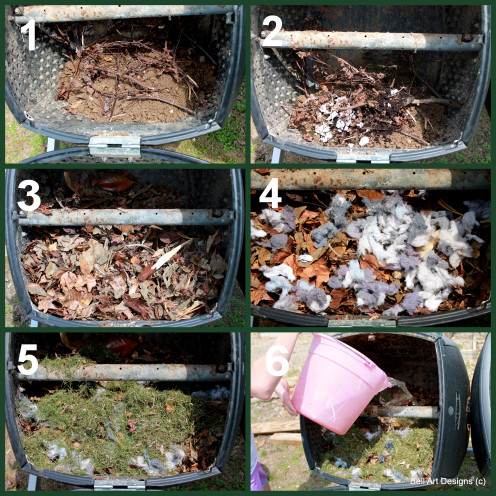
- Layer dirt and twigs (that are broken up) in a layer that is a few inched deep – These are your Carbon ingredients
- Layer eggs shells, coffee grounds, table scraps, fruit and vegetable scraps on top – These are your Nitrogen ingredients
- Add leaves to the center of the pile
- Add lint that is broken up - in a thin layer
- Add green grass clippings
- Then water…water…water
This will get you started. Turn every few days and make sure to keep it moist. You can add ingredients in any order after the initial set up. Just try to keep the carbon and nitrogen mixture level. Furthermore, if you add kitchen scraps, it is always a good idea to add dry grass clippings or leaves on top.
Rule of thumb:
- If you add kitchen scraps, it is best to cover with a one inch layer of dry grass clippings to reduce the smell
- Add ingredients in layers of moist and dry
When is it done?
The compost pile will be ready within a few months. You can tell when it is “done” when the items have a brown crumbly consistency and smell like the earth. Some items (woody items) may still be in chunks. If so, just sift through the pile and pull out the chunks.
No Meat!
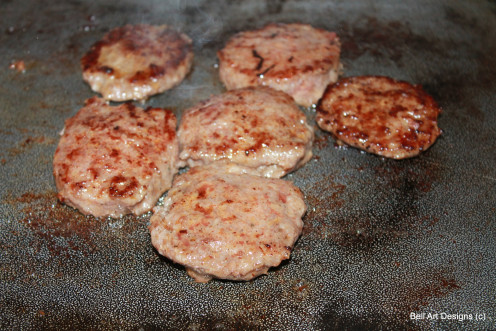
Notes
- Never use meat or bones or fish scraps
- Use banana and orange peels in moderation and cut into small pieces. I don’t use these items because the skins usually contain pesticides.
- A compost bin is perfect for residential areas because it keeps the animals away and maintains a higher temperature
- Have a good mixture of carbon and nitrogen ingredients in your compost pile
- Use the compost as soil additive and not as your primary soil
- Chop larger ingredients into smaller pieces to accelerate the composting process
- Keep the compost pile moist
- Add ingredients in layers – moist and dry
- Add new ingredients in the center of the pile instead of thin layers to prevent clumping
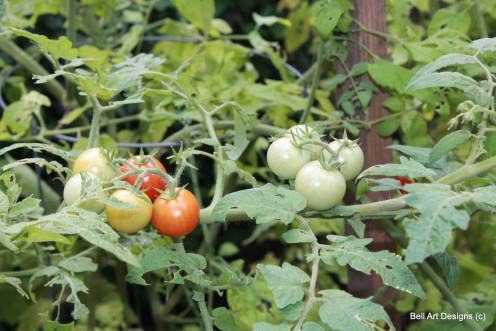
EPA Facts
The Environmental Protection Agency states that a few benefits of composting, with regard to utilizing in the garden or for crops are:
- Promotes better crops and plants
- Reduces the need for buying fertilizer to enhance soil
- Decreases the need for having to water the plants or crops
- Eliminates the need for using chemical fertilizers – (I never use chemicals – go green!)
- It’s an inexpensive substitute to artificial soil modifications
Happy Composting
Now that you have a few facts about composting – get out there, gather your children, neighbors or even your friends and start composting!
Do you have something you would like to share?
- Signup For HubPages
Join HubPages and start sharing what you know. It is free to join and you get paid for sharing. So, why wait? Click the link and get started today!


